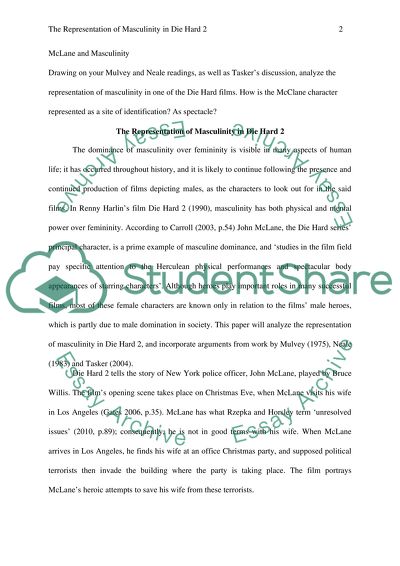Cite this document
(“The Representation of Masculinity in Die Hard 2 Essay”, n.d.)
The Representation of Masculinity in Die Hard 2 Essay. Retrieved from https://studentshare.org/visual-arts-film-studies/1461671-the-representation-of-masculinity-in-die-hard-2
The Representation of Masculinity in Die Hard 2 Essay. Retrieved from https://studentshare.org/visual-arts-film-studies/1461671-the-representation-of-masculinity-in-die-hard-2
(The Representation of Masculinity in Die Hard 2 Essay)
The Representation of Masculinity in Die Hard 2 Essay. https://studentshare.org/visual-arts-film-studies/1461671-the-representation-of-masculinity-in-die-hard-2.
The Representation of Masculinity in Die Hard 2 Essay. https://studentshare.org/visual-arts-film-studies/1461671-the-representation-of-masculinity-in-die-hard-2.
“The Representation of Masculinity in Die Hard 2 Essay”, n.d. https://studentshare.org/visual-arts-film-studies/1461671-the-representation-of-masculinity-in-die-hard-2.


